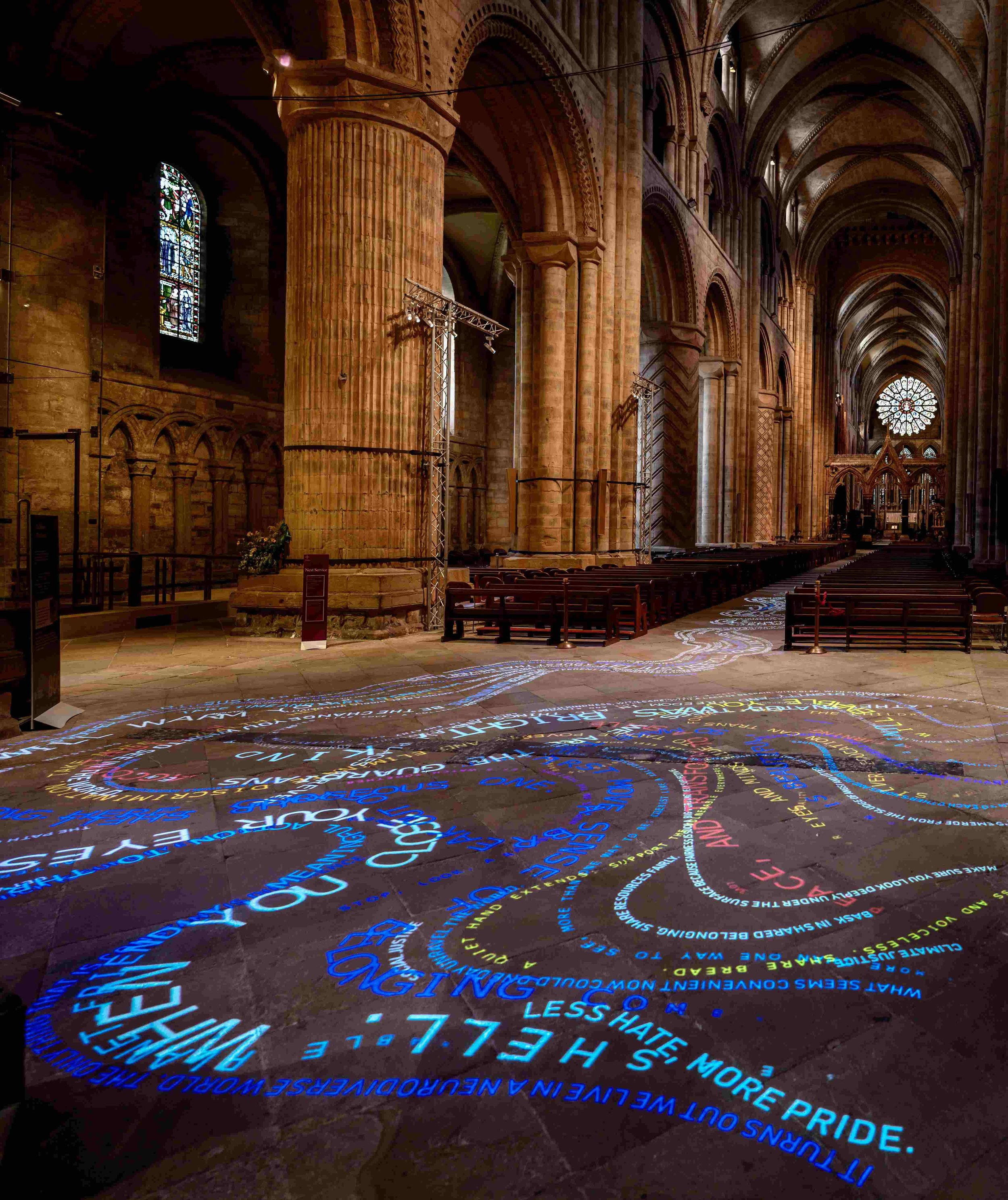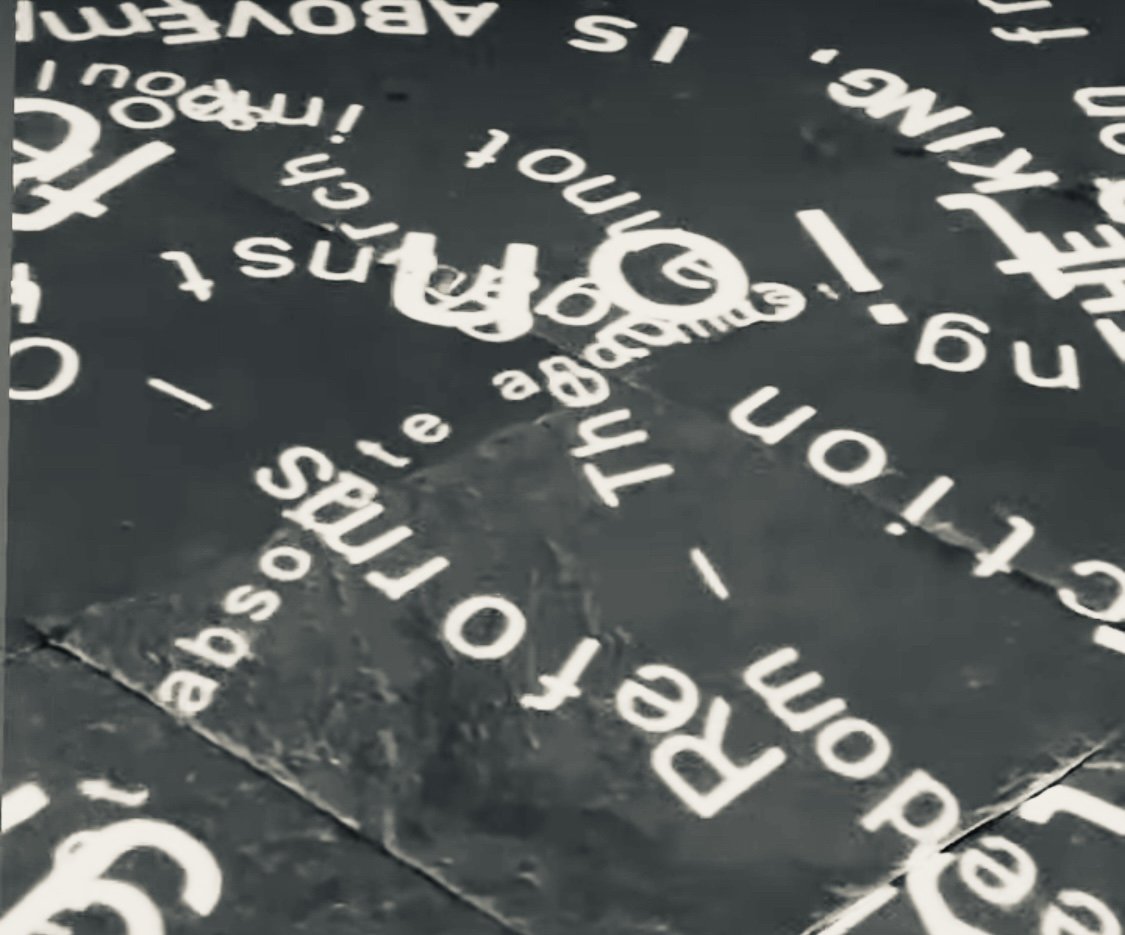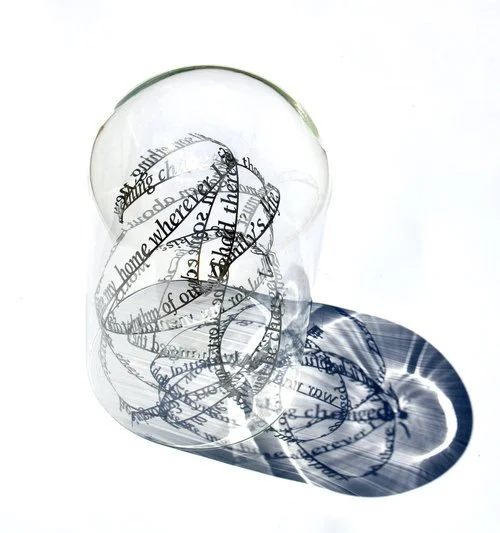Read the article here or scroll down for a plain text version.
PLAIN TEXT
I WILL RISE: THE RISE OF THE FEMALE SCULPTOR
20 June 2024
By Charlotte Metcalf, journalist, author and award-winning documentary film-maker.
The opening of the Hepworth Wakefield Museum in 2011 marked an important moment for British sculpture. Hepworth’s work had long stood alongside Henry Moore’s and there was no doubting her significance as a major artist. Nevertheless, having a museum dedicated to housing Hepworth’s magnificent, monumental work, was testament to her status as one of the most famous female sculptors in the world. Hardly any other women, aside from Louise Bourgeois, have come close to finding this level of recognition.
Sculpture, particularly stone and monumental sculpture, has been a man’s domain for centuries. Hepworth exploded the mould as far back as 1964 when Single Form was unveiled outside the United Nations in New York. Since then, her visibility has inspired aspiring female sculptors everywhere to pick up their tools.
This year’s sculpture walk at the Treasure House Fair is dedicated to highlighting female sculptors’ importance over the last 150 years, despite having been overshadowed by their male counterparts. It’s curated by dealer Willoughby Gerrish, Director and Curator of Thirsk Hall Sculpture Garden in Yorkshire and comprises mainly the work of six women: Nicola Anthony, Elisabeth Frink, Elpida Hadzi-Vasileva, Mona Hatoum, Barbara Hepworth and Emily Young.
‘Barbara Hepworth undoubtedly crashed barriers, but it’s wonderful seeing others carrying the baton on,’ says Gerrish. ‘Today Britain is really punching above its weight in terms of being able to boast so many female sculptors producing internationally acclaimed work.’ He references the rise in the number of public sculptures by women, from Tracey Emin’s I Want My Time With You at St Pancras Station and Emily Young’s Five Angel Heads opposite St. Paul’s Cathedral to Maggi Hambling’s A Conversation with Oscar Wilde in Westminster and her controversial Scallop on Aldeburgh beach.
‘People love visiting us at Thirsk and the nearby Yorkshire Sculpture Park, so I know the grounds of The Royal Hospital is the ideal place to exhibit sculpture,’ continues Gerrish. ‘Certainly, most large sculpture is at its best outside, and Henry Moore said, “sculpture is an art of the open air.”’
Visitors will also be able to see Small Sitting Down Horse, Boar and Bird by Elisabeth Frink and Maquette: Theme and Variations, Hollow Oval, Six Forms and Trophy (Flight) by Barbara Hepworth.
Alongside these works by late legendary women, will be the work of contemporary female sculptors. So, Long-Sharp Gallery is showing British-Indian artist Nicola Anthony’s 2023 I Will Rise, a large installation of seven ring sculptures comprising her signature words and borrowed from Maya Angelou’s poem Still I Rise. Known for her public commissions and large-scale text sculptures, I Will Rise represents a celebration of resilience in the face of hardship, and a fitting testament to the way women artists have persevered over the centuries to gain the visibility they are now enjoying.
British-Palestinian sculptor Mona Hatoum and Emily Young are already being sought out by major collectors, both public and private, and Gerrish is showing Hatoum’s 1996 Divan Bed and two recent heads by Young as well as three recent works by British-Macedonian artist Elpida Hadzi-Vasileva. Hadzi-Vasileva is interested in areas of life people find difficult to confront, from disease and death to religion. Her choice of materials, as is the case with the three works on the walk, mix the ordinary and extraordinary, highlighting natural tree forms with gold leaf. Sometimes described as ‘macabre’ or ‘gloriously grotesque’ her black and gold works exhibited at the fair, Entendre, EnPointe and Luna, have a twisty, sinuous beauty and sense of drama.
‘I’ve been very lucky to work closely with Elpida and Emily Young, whom I’ve known since I was a teenager,’ says Gerrish. ‘If you think of an outstanding craftswoman like Young hacking and carving into stone, it requires such physical strength, it’s no wonder it’s seen as traditionally a male medium. But other female artists are starting to see it’s possible, particularly since The Daily Telegraph rightly recognised Emily as a successor to Hepworth. She was already being hailed as “Britain’s greatest female stone sculptor” but then about five years ago something wonderful happened – the “female” was dropped and she was defined simply as “Britain’s greatest stone sculptor." Not a moment too soon. Women are no longer merely trailblazing and jostling for position amongst the males but out in front. Nicola Anthony’s sculpture speaks for itself – I Rise.















